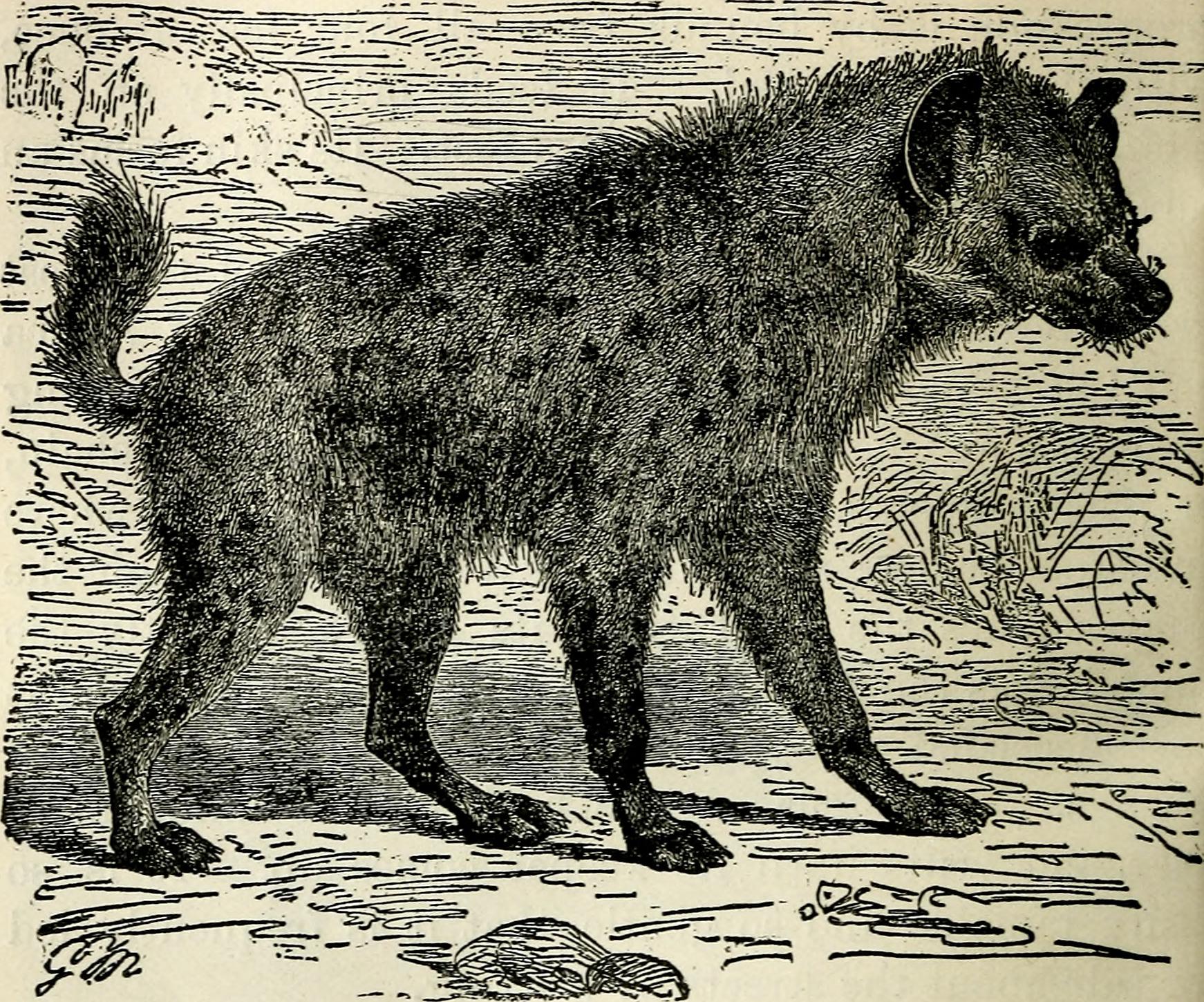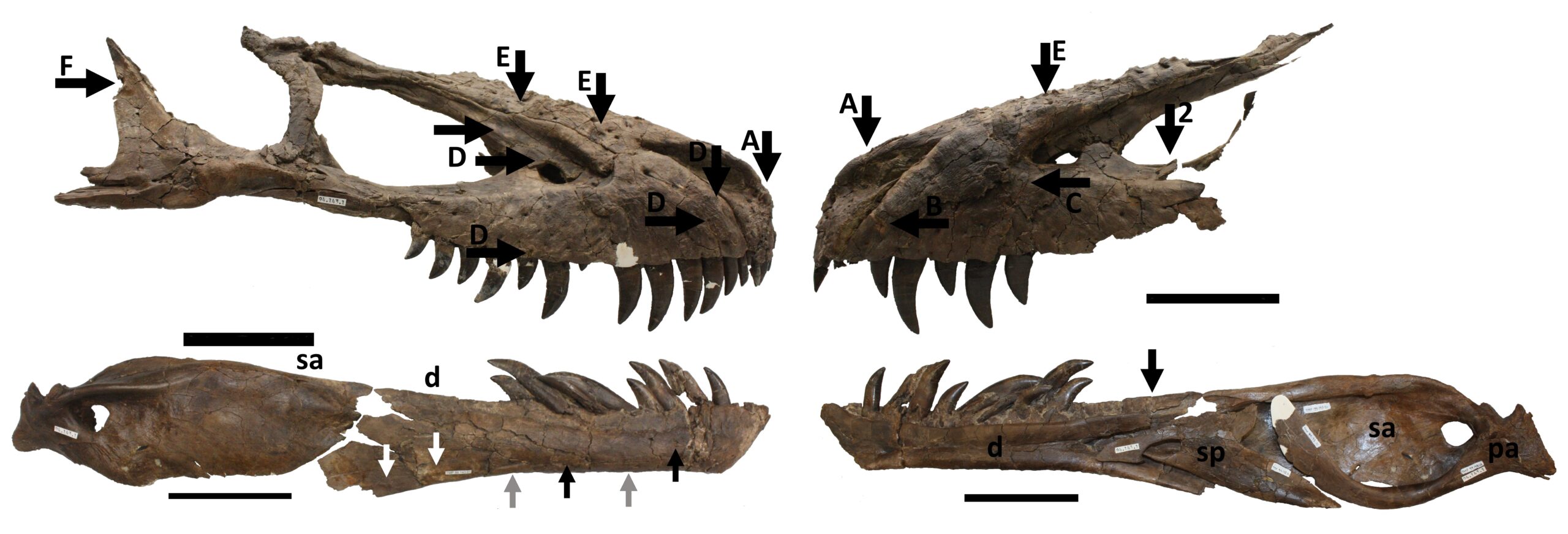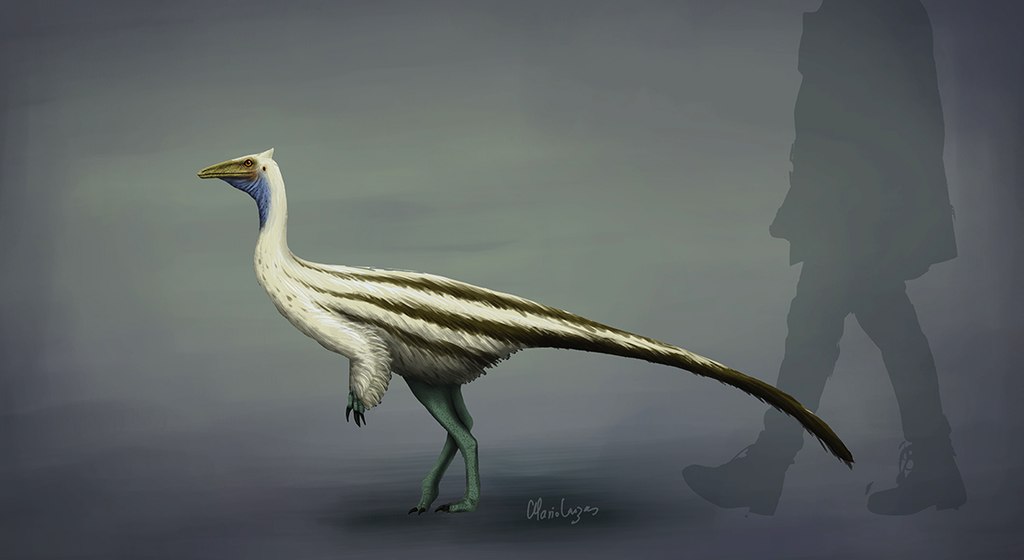Imagine watching a nature documentary where a spotted hyena effortlessly cracks open a wildebeest’s femur with its powerful jaws, extracting the rich marrow inside. Now picture Tyrannosaurus rex, the most fearsome predator ever to walk the Earth, doing the same thing 66 million years ago. This comparison might seem obvious at first – after all, both were apex predators with bone-crushing capabilities. But the reality is far more complex and fascinating than you might expect.
The Bone-Crushing Champions of Today

Modern hyenas are nature’s ultimate recyclers, capable of demolishing bones that would challenge even the most sophisticated industrial equipment. Their jaw muscles make up nearly 20% of their total body weight, creating a crushing force that can exceed 1,100 pounds per square inch. Spotted hyenas regularly consume entire carcasses, bones and all, leaving nothing but hair and horns behind. This incredible ability allows them to access nutrients that other predators simply can’t reach, giving them a significant survival advantage in the harsh African savanna.
T-Rex: The Ultimate Prehistoric Predator
Tyrannosaurus rex was built like a living demolition machine, standing 12 feet tall at the hips and stretching 40 feet from nose to tail. Weighing up to 9 tons, this massive predator possessed a skull that measured over 5 feet long, housing teeth the size of bananas. Each tooth was designed like a railroad spike, with serrated edges that could slice through flesh and bone with terrifying efficiency. The sheer size difference between T-rex and any modern predator is staggering – imagine a creature that could swallow a modern lion whole without much effort.
Measuring the Monster’s Bite Force

Scientists have calculated that T-rex possessed the most powerful bite force of any land animal that ever lived, generating an estimated 12,800 pounds per square inch of pressure. To put this in perspective, a great white shark’s bite measures around 4,000 PSI, while a saltwater crocodile reaches about 3,700 PSI. This incredible force was generated by massive jaw muscles that would have made the dinosaur’s head appear almost comically oversized compared to its body. The bite force was so extreme that it could have crushed a small car with the same ease that you might crack a walnut.
Tooth Design: Nature’s Perfect Bone Saws
While hyenas have relatively simple, cone-shaped teeth designed for crushing, T-rex teeth were marvels of biological engineering. Each tooth measured up to 8 inches long and featured razor-sharp serrations along both edges, similar to a steak knife but infinitely more deadly. These teeth were constantly being replaced throughout the dinosaur’s lifetime, with new ones growing in to replace those lost during violent feeding sessions. The combination of massive bite force and precision-engineered teeth created a bone-processing system that no modern animal can match.
Bone Density: Ancient vs Modern Challenges
The bones that T-rex encountered were fundamentally different from those that modern hyenas face today. Dinosaur bones, including those of T-rex’s prey like Triceratops and Edmontosaurus, were often massive and incredibly dense, designed to support creatures weighing several tons. A single Triceratops thigh bone could weigh over 200 pounds and measure 4 feet in length. Modern hyenas, by comparison, typically deal with bones from animals weighing a few hundred pounds at most. This size difference created unique challenges that required T-rex to develop specialized feeding strategies.
Feeding Strategies: Precision vs Brute Force
Hyenas are methodical bone processors, using their powerful jaws to systematically crack open bones at their weakest points to access the nutritious marrow inside. T-rex, however, likely employed a more dramatic approach, using its massive head like a sledgehammer to shatter bones through sheer force. Fossil evidence suggests that T-rex could bite clean through the spines of other dinosaurs, leaving distinctive puncture marks that match the spacing of its teeth perfectly. This brute force approach was effective but required enormous amounts of energy with each feeding session.
Jaw Mechanics: Built for Different Jobs
The jaw structure of hyenas is optimized for sustained crushing pressure, allowing them to maintain their grip while slowly fracturing tough bones. Their relatively short snouts provide maximum leverage for their powerful jaw muscles. T-rex, with its longer skull, operated more like a massive pair of scissors, delivering devastating chopping bites rather than sustained pressure. The dinosaur’s jaw joints were reinforced with additional bone structures to handle the tremendous forces generated during feeding, something not seen in any modern predator.
Digestive Differences: Processing Power
Modern hyenas possess incredibly strong stomach acid, with a pH level around 1.0, allowing them to dissolve bone fragments that would be impossible for other animals to digest. Their digestive system is specifically adapted to extract maximum nutrition from bone material, including calcium and phosphorus. T-rex likely had a similar digestive capability, though its massive size meant it needed to process much larger quantities of bone material to meet its nutritional needs. The dinosaur’s stomach would have been like a biological cement mixer, grinding and dissolving massive bone fragments.
Fossil Evidence: Reading the Ancient Crime Scene
Paleontologists have discovered numerous examples of T-rex bite marks on fossil bones, providing direct evidence of the dinosaur’s bone-crushing abilities. These bite marks show that T-rex could penetrate deeply into solid bone, leaving distinctive tooth impressions that are still visible millions of years later. Some fossils show evidence of bones that were completely severed by T-rex bites, demonstrating the incredible power of these ancient jaws. The pattern of these bite marks suggests that T-rex was indeed capable of processing bones as efficiently as modern hyenas, if not more so.
Size Matters: Scaling Up the Destruction
The fundamental difference between T-rex and modern hyenas lies in scale. While a hyena might spend hours methodically working on a single bone from a zebra, T-rex was dealing with bones that were often larger than an entire modern animal. A single vertebra from a large sauropod could weigh more than a complete hyena skeleton. This size difference meant that T-rex needed proportionally greater bite force and more robust feeding equipment to achieve the same bone-processing results.
Environmental Pressures: Competition and Survival
The Cretaceous period was filled with heavily armored dinosaurs like Ankylosaurus and Triceratops, whose bones were not just large but also incredibly tough and well-protected. T-rex evolved its bone-crushing abilities partly as a response to this evolutionary arms race, needing to penetrate increasingly sophisticated natural armor. Modern hyenas, while facing competition from other predators, don’t encounter prey with the same level of skeletal fortification that T-rex routinely faced. This environmental pressure likely pushed T-rex’s bone-processing abilities beyond what any modern animal requires.
The Metabolic Cost of Being a Giant

Running a body the size of T-rex required enormous amounts of energy, making efficient nutrient extraction crucial for survival. The ability to process bones completely meant that T-rex could extract every possible calorie from its prey, including the fat-rich marrow and the minerals locked within the bone matrix itself. Modern hyenas face similar pressures but on a much smaller scale, making their bone-crushing abilities impressive but not as absolutely critical as they would have been for a massive predator like T-rex.
Modern Science Meets Ancient Power
Recent computer modeling studies have confirmed that T-rex’s bite force exceeded that of any modern animal by a factor of ten or more. These same studies suggest that the dinosaur’s teeth could have penetrated bone with surgical precision despite their massive size. When combined with the dinosaur’s powerful neck muscles and reinforced skull structure, T-rex possessed a bone-processing system that was essentially an organic industrial crusher. No modern predator, including hyenas, operates at this level of destructive capability.
The Verdict: Beyond Modern Comparison
The evidence overwhelmingly suggests that T-rex could not only bite through bone like a modern hyena but could do so with exponentially greater force and efficiency. The combination of massive bite force, specialized teeth, and robust digestive capabilities made T-rex the ultimate bone processor in Earth’s history. While modern hyenas are impressive in their own right, they are essentially scaled-down versions of what T-rex achieved millions of years ago. The real question isn’t whether T-rex could match a hyena’s bone-crushing ability, but whether any modern animal could survive the feeding frenzy of a hungry Tyrannosaurus rex. What do you think would happen if these two bone-crushing champions could meet in the same time period?




